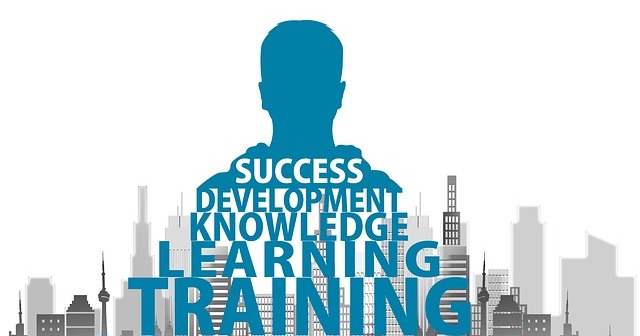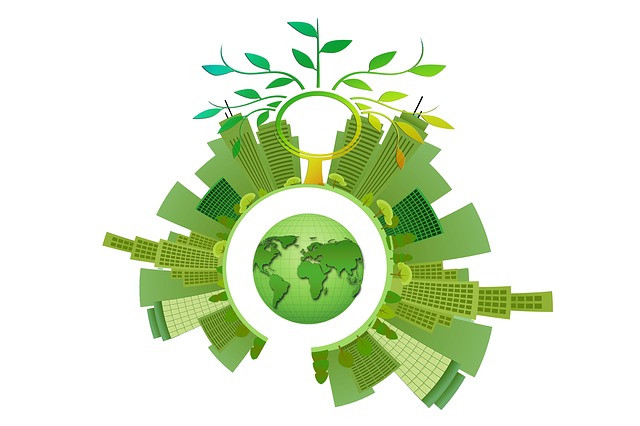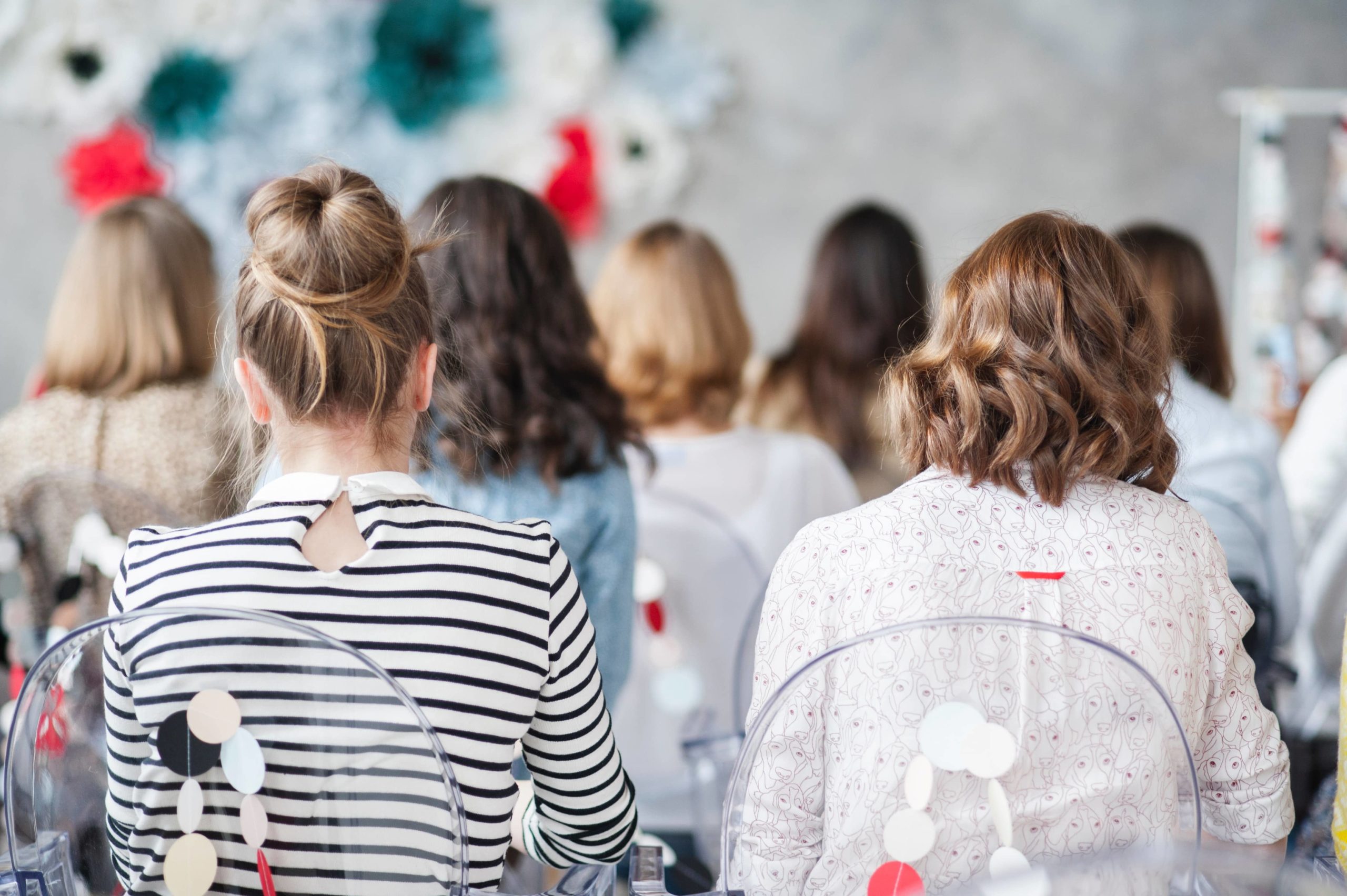There is no question that gender bias is a problem in India.
Despite recent legal successes that indicate some progress, such as the supreme court decision that ruled that sex with an underaged wife is rape, the government has been slow to address the specific laws that support discrimination based on sex.
True, the constitution grants equal rights to men and women, but the society is still male dominated. The list of traditions that put women at a disadvantage literally begins at birth and carries on through childhood, marriage, and adulthood.
There is one area, however, where India has made strides in equality: education.
In 1981, about 30 percent of the female population in India was literate. By 2001 that number had increased to 54 percent. There has also been significant progress in terms of access to primary education.
Due, no doubt, in part to India’s participation in the United Nation’s Millennium Development Goals (UNMDG), approximately 70 percent of girls between the ages of 6 and 10 attended primary school in India in 2012. Unfortunately, that’s compared to 76 percent of boys in the same age group.
The situation is worse at the upper primary level where only 40 percent of girls attend school.
Still, according to the UN, since 1990 Northern Africa and Southern Asia have shown the greatest improvement in youth literacy, especially among young women. (Based on predictions for 2015.)
So what did India do to get to where they are now, in terms of gender equity in education, and what will it take to get to the next level?
As previously mentioned, in 2000, India joined the 189 nations that made a pledge to free people from extreme poverty and deprivation. This promise became the eight Millennium Development Goals to be achieved by 2015. Universal primary education was one of those goals.
As part of the parliamentary Right to Education Act of 2009, primary education is free. Many schools also offer free lunch and even sanitary supplies for girls who’ve reached puberty, although others struggle simply to maintain a classroom.
But this is a country where a complex culture of caste, religion and economics all intertwine and often quietly reinforce the idea that girls, and women, are worth less than men. The government, and the NGOs, that are trying to get, and keep, girls in schools are literally fighting hundreds of years of the perception that a girl is a burden to the family and should be married off as early as possible.
Therefore, it’s attitudes, not just access, that needs to be addressed.
Fortunately, a number of activists and organizations recognize this. Working in villages across India they are untangling the societal strands that tug at girls and keep them away from school tied to traditional roles of wife and mother.
Dr. Urvashi Sahni, founder and chief executive of Study Hall Educational Foundation and author of Reaching for the Sky: Empowering Girls Through Education, in an article published by Brookings, said:
“Education, especially for girls living in poverty in countries like India, is an extremely complex undertaking: it requires a multi-perspective approach to be understood and addressed effectively. If we want education to mitigate the harm caused to the girl by nexus of poverty, violence, child labor, early marriage, abuse within and outside families, and lack of care and nutrition, then we need to look closely at the important perspectives of those who are most affected by the issues and problems—i.e., girls themselves, their parents and their teachers. As we get closer to daily lives, we better understand complex concepts of power, hegemony, difference, and equality. Large, complex social problems are played out in this mundaneness of daily life. While the macro perspective provides useful information, locating problems and solutions in larger social and economic structures, showing also the magnitude of the problem, such discussions are inadequate. Girls’ lives and voices get lost when research and arguments center on enrollment, dropout, completion, and achievement rates, even though the discussions are supposedly about them.”
She then continued, saying, “It is clear from the arguments of multiple scholars and my experiences with Prerna School that education does not necessarily lead to empowerment or gender equality unless there is focus on process, content, and curricula that critically addresses inequitable social norms and structures.”
Dr. Sahni is not alone in her assessment of the uniques needs of girls in India, and her support of a model that’s unconventional and addresses the underlying problems. Multiple non-profits are working to help girls achieve an education. A recent article in The Atlantic highlighted several schools, including Prerna Girls School and the recently conceived Rani Ratnavati Girls School and Women’s Cooperative.
But others have been on the ground longer. Room to Read was founded in 2000 has been in India for years. Its efforts are focused into two main areas: building literacy and the habit of reading among primary school children, and empowering girls to complete secondary school and succeed beyond that. They offer programs to support girls both financially and emotionally, both in school and after graduation. The organization also builds new schools and provides training or supplementary materials to teachers; establishes and stocks libraries; and publishes books in the local language.
Pratham has been working in India since 1994. Their mission, “Every child in school and learning well,” began with pre-school education in the slums of Mumbai. Originally a collaboration between UNICEF and India, the organization quickly established a grassroots movement based on community spaces and volunteerism. It then expanded to help improve reading, writing and basic arithmetic skills of children between the ages of six and 14 through their flagship program, Read India, which has reached more than 2.4 million children and trained over 61,000 teachers.
So, there are solutions. Yes, “it’s complicated” is an understatement when discussing gender equity and education in India. But over the past decades literacy rates have increased and more girls in school.
There is no single answer to the question, “how do we get Indian girls into school and keep them there long enough to have a truly positive outcome and improve their lives?” Still, with enough people asking the question, the answers will reveal. Someday, the biases and gender discrimination that is part of the daily life of girls in India today will only be taught in history classes.







